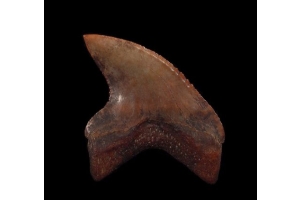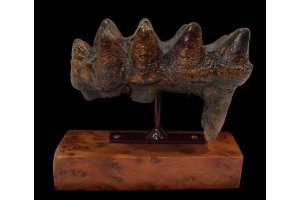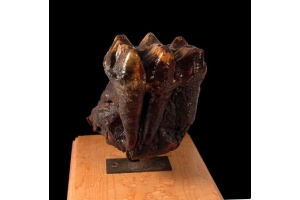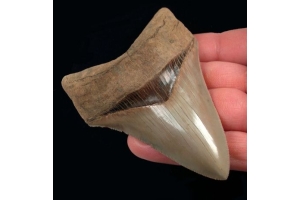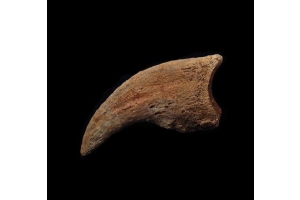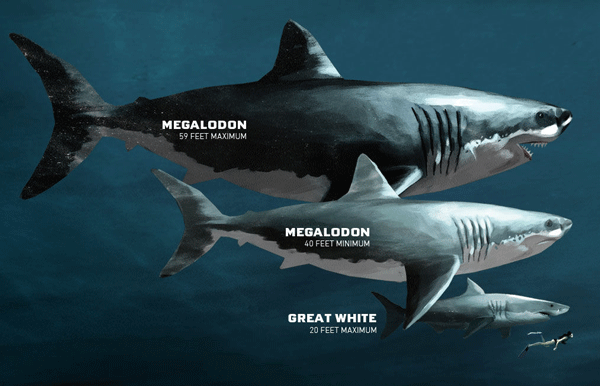
Are you curious about the ancient seas where gigantic sharks ruled? Today, we will explore the differences between two incredible shark teeth — the megalodon tooth vs. the great white tooth. Both are fascinating, but their teeth tell unique stories of life in the ocean long ago.
Megalodon sharks were enormous, and so were their teeth. These giants lived millions of years ago and were much bigger than any shark alive today. Their teeth are thick and wide, perfect for catching and eating large sea creatures. So, when you hold a megalodon tooth, you hold a piece of ancient ocean history.
On the other hand, the great white shark is still swimming in our oceans. Their teeth are much smaller than megalodon's but very sharp. A great white tooth looks like a sharp triangle and is designed to cut through fish and seals. Unlike the broad teeth of megalodons, these teeth are narrower and smaller, making them perfect for a quick and powerful bite.
Now, when we compare a megalodon tooth with a great white tooth, we see how different these sharks were. Megalodon teeth can be over seven inches long, while great white teeth can only reach about three inches. This size difference shows us that megalodons were feeding on much larger prey than great whites do today.
The shape of the teeth also tells us about their eating habits. Megalodon's wide, flat teeth were great for crushing thick bones and tough meat. Great white's pointed teeth are better for slicing through softer bodies. Each type of tooth is special and shows how these sharks adapted to their world.
Each tooth that you collect, be it of a megalodon or a great shark, tells a different story. By comparing the megalodon tooth with the great white tooth, collectors learn not just about the sharks but also about the environment they lived in and how it has changed over millions of years.
Megalodon Tooth vs. Great White Tooth - Which One Should You Add To Your Collection?
For those who love big and impressive fossils, megalodon teeth are a real treasure. They remind us of a time when the seas were home to giants. Great white teeth might be smaller, but they are no less important. They help us understand the ongoing story of shark evolution and survival.
In addition to their historical and scientific significance, shark teeth have a certain beauty. The megalodon tooth, with its massive size and rugged edges, has a dramatic and commanding presence. It speaks of power and survival in a tough prehistoric world. The great white tooth, with its sleek and sharp design, showcases efficiency and adaptability. Both types of teeth are not only interesting from a scientific point of view but are also aesthetically pleasing, making them sought after by collectors.
Moreover, shark teeth are incredibly old, which adds to their allure. The teeth of a megalodon are often millions of years old, sometimes as old as 23 million years! That means that the tooth you hold in your hand once belonged to a shark that swam in the oceans long before humans walked the Earth. Great white shark teeth are younger but can still be thousands of years old. This vast age makes each tooth a valuable piece of natural history.
So, whether you're drawn to the enormous teeth of the mighty megalodon or the efficient bite of the modern great white, collecting shark teeth is a hobby that not only enriches your understanding of the natural world but also connects you with a community of like-minded enthusiasts. Explore our collection of shark teeth and continue to uncover the stories locked within these fascinating pieces of history.






